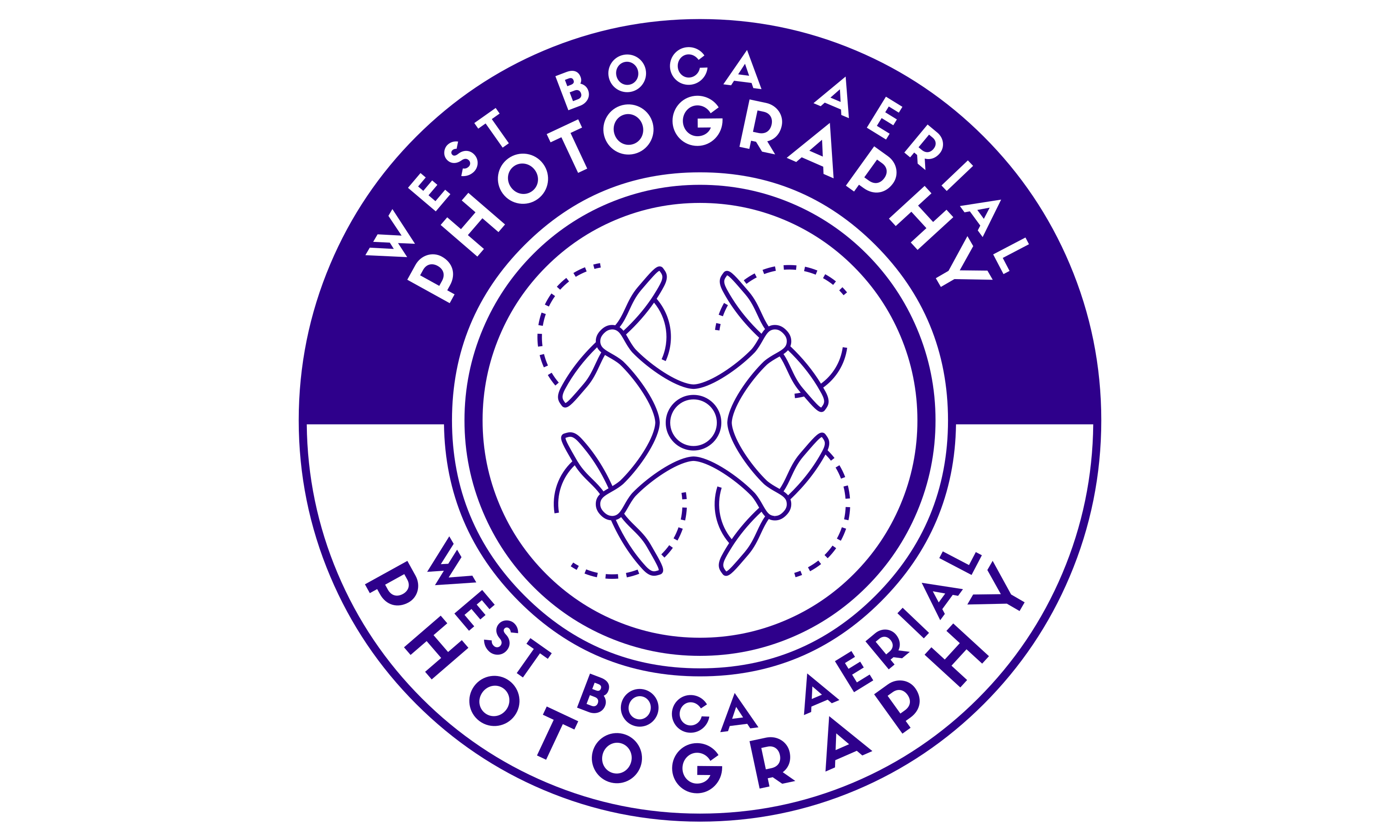Aerial photography has become increasingly popular over the past few years, thanks to advancements in technology that have made it more accessible to the average consumer. Whether you’re a professional photographer looking to add a new dimension to your work, or just a hobbyist wanting to capture stunning bird’s-eye views of the world below, aerial photography can provide a unique and captivating perspective.
One of the key components of successful aerial photography is mastering the art of composition. Just as in traditional photography, composition is crucial in creating visually pleasing and impactful images. When shooting from the air, there are a few key techniques and tips to keep in mind to ensure your photos stand out.
One important aspect to consider when shooting aerial photography is the rule of thirds. This basic principle of composition involves dividing your frame into a grid of nine equal parts, with two horizontal and two vertical lines intersecting at key points. By placing key elements of your image along these lines or at the points of intersection, you can create a more visually engaging composition.
Another important aspect of aerial photography composition is leading lines. Leading lines are elements within your image that lead the viewer’s eye towards a focal point. Roads, rivers, and shorelines are all common examples of leading lines that can add depth and interest to your images. When shooting from the air, look for natural or man-made elements that can serve as leading lines and guide the viewer’s eye through the frame.
In addition to composition techniques, there are a few key technical aspects to consider when shooting aerial photography. One important consideration is the angle at which you shoot. Experimenting with different angles and perspectives can help you capture unique and dynamic images. Whether shooting straight down, at an angle, or from a birds-eye view, varying your angles can help you create more visually interesting images.
Finally, it’s important to consider the time of day and lighting conditions when shooting aerial photography. The golden hours of sunrise and sunset can provide beautiful warm light that can add a dramatic and atmospheric quality to your images. Additionally, shooting on cloudy or overcast days can help diffuse the harsh midday sun and create softer, more even lighting.
In conclusion, mastering the art of aerial photography composition and technique can help you create stunning and captivating images that stand out from the crowd. By incorporating leading lines, the rule of thirds, varying angles, and paying attention to lighting conditions, you can take your aerial videography to the next level and capture truly memorable shots.
************
Want to get more details?
West Boca Aerial Photography
https://www.wbaerialphoto.com/
Boca Raton, United States
Embark on a bird’s eye view adventure with WBAerialPhoto.com! See the world from a whole new perspective and discover stunning landscapes like never before. Stay tuned for an exciting glimpse into the beauty of aerial photography.
